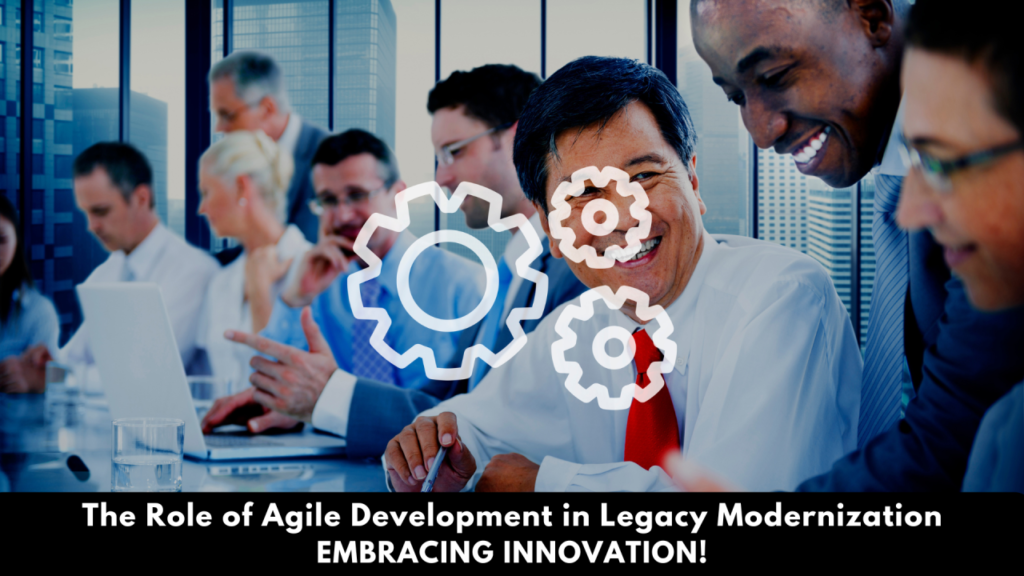“Thoughtful exploration of the benefits of agile methodologies in legacy modernization, discussing Innovon’s agile-first approach to project delivery.”
In today’s fast-paced digital landscape, businesses are constantly seeking ways to modernise their legacy systems to stay competitive and relevant. Legacy systems, while once the backbone of operations, can now become barriers to innovation and growth if not properly updated. This is where the power of agile development comes into play.
Understanding Legacy Modernization
Legacy systems, though reliable, often lack the flexibility and scalability required to meet the demands of modern business environments. These systems may use outdated technologies, have limited integration capabilities, and suffer from high maintenance costs. Legacy modernization involves updating these systems to leverage newer technologies, enhance performance, and improve efficiency.
Challenges of Traditional Approaches
Traditional approaches to legacy modernization often follow a linear, step-by-step process, which can be time-consuming and prone to delays. These approaches may also struggle to adapt to changing requirements or incorporate user feedback effectively. This is where agile development shines.
The Agile Advantage
Agile development is a methodology that prioritises collaboration, adaptability, and iterative progress. Unlike traditional waterfall methods, which focus on extensive planning upfront, agile development breaks projects into smaller, manageable chunks called sprints. Each sprint delivers a working product increment, allowing for continuous feedback and adjustments.

Benefits of Agile in Legacy Modernization
Faster Time to Market: By breaking the modernization process into smaller iterations, agile development enables businesses to deliver value to users more quickly. This can help accelerate time to market and gain a competitive edge.
Flexibility and Adaptability: Agile methodologies allow teams to respond rapidly to changing requirements or market conditions. This flexibility ensures that modernization efforts remain aligned with business goals and user needs throughout the project lifecycle.
Improved Collaboration: Agile emphasises close collaboration between cross-functional teams, including developers, designers, and stakeholders. This collaborative approach fosters a shared understanding of project objectives and promotes collective problem-solving.
Enhanced Quality: Through frequent testing and validation, agile development helps identify and address issues early in the process. This leads to higher-quality outcomes and reduces the risk of costly rework or system failures.

Innovon’s Agile-First Approach
At Innovon, we understand the critical role that agile development plays in successful legacy modernization projects. Our team of experts is committed to delivering value and tangible results, making us the ideal partner for businesses looking to embrace innovation in the digital era.
By prioritising agility, collaboration, and continuous improvement, we help businesses overcome the challenges of legacy systems and unlock new opportunities for growth and success. Whether you’re a small startup or a large enterprise, Innovon is here to support your journey towards modernization and digital transformation.
Conclusion
Legacy modernization is essential for businesses looking to thrive in today’s digital landscape. By adopting agile methodologies, organisations can overcome the limitations of outdated systems and embrace innovation with confidence. At Innovon, we’re dedicated to helping businesses of all sizes and industries succeed in the digital era. Contact us today to learn more about our agile-first approach to legacy modernization and discover how we can help your business thrive.
Empower your business with Innovon today!





